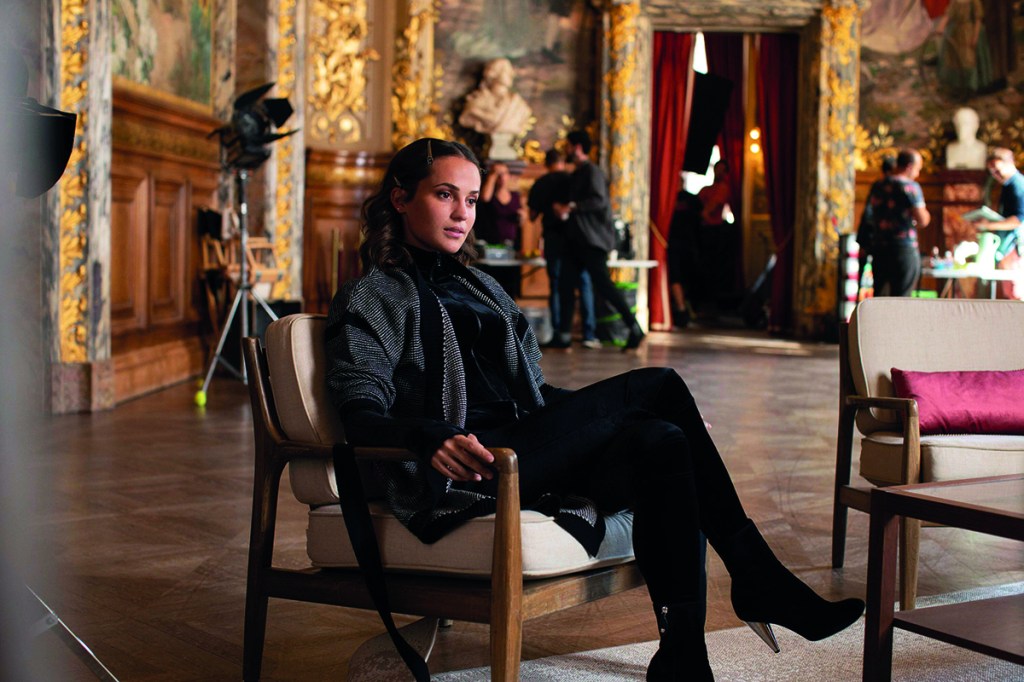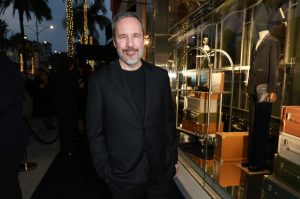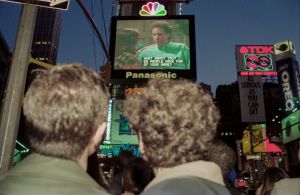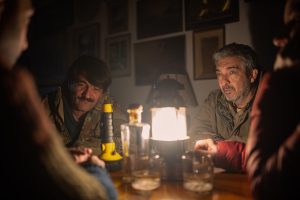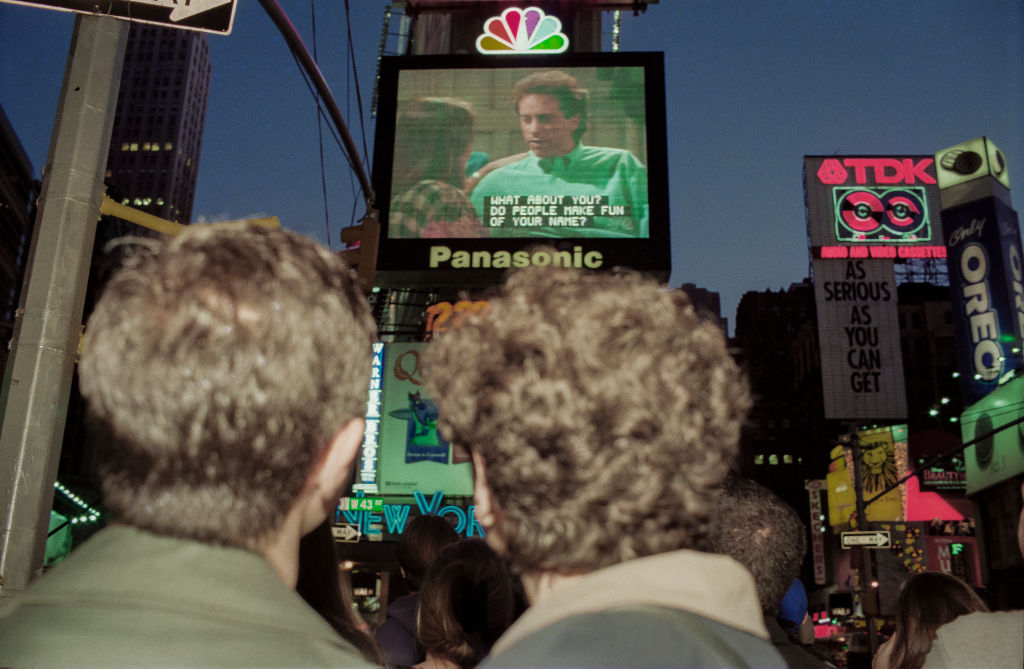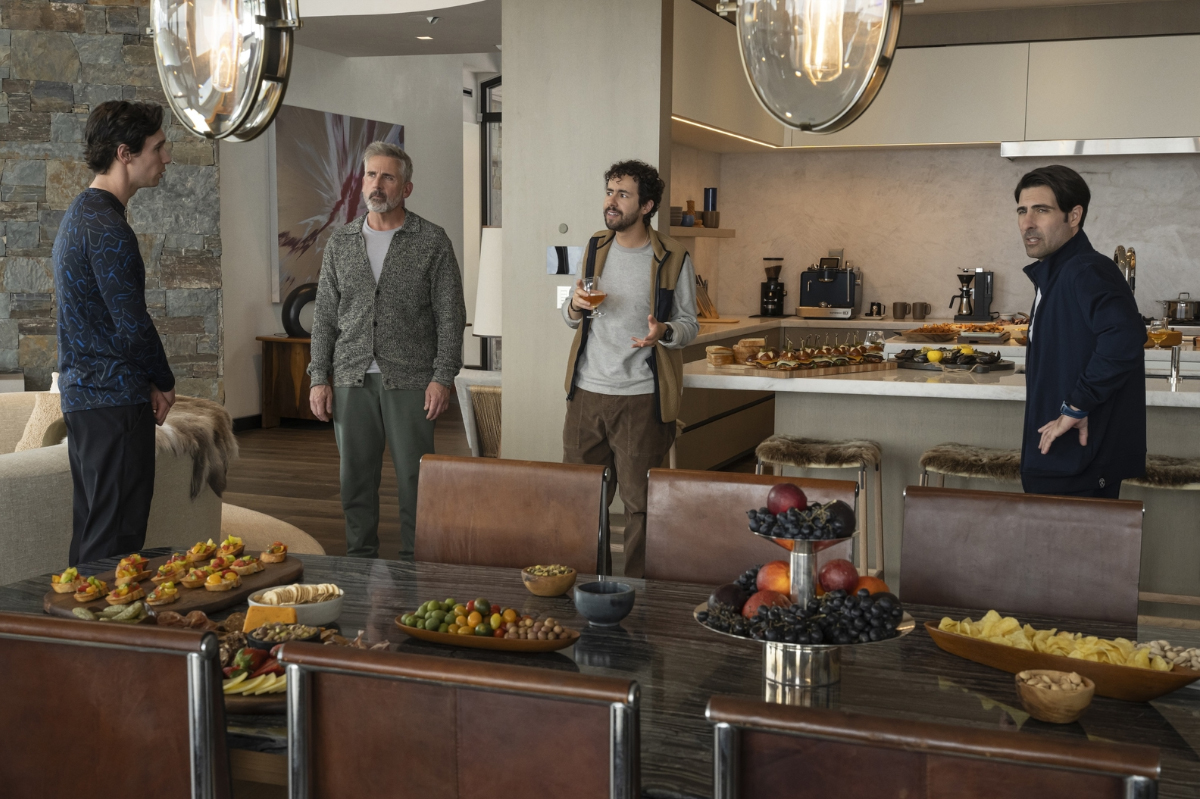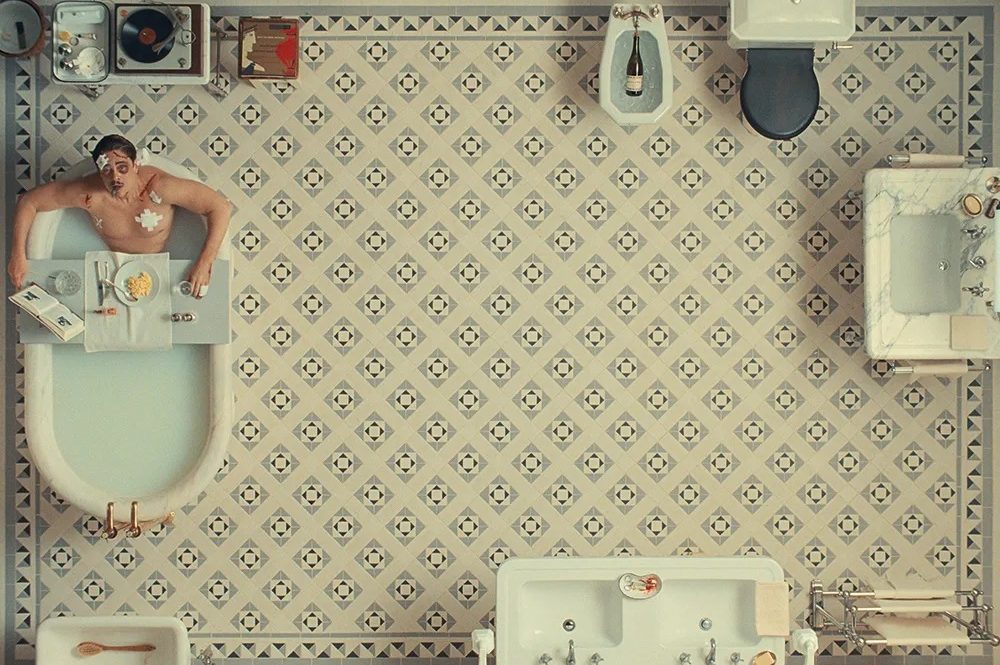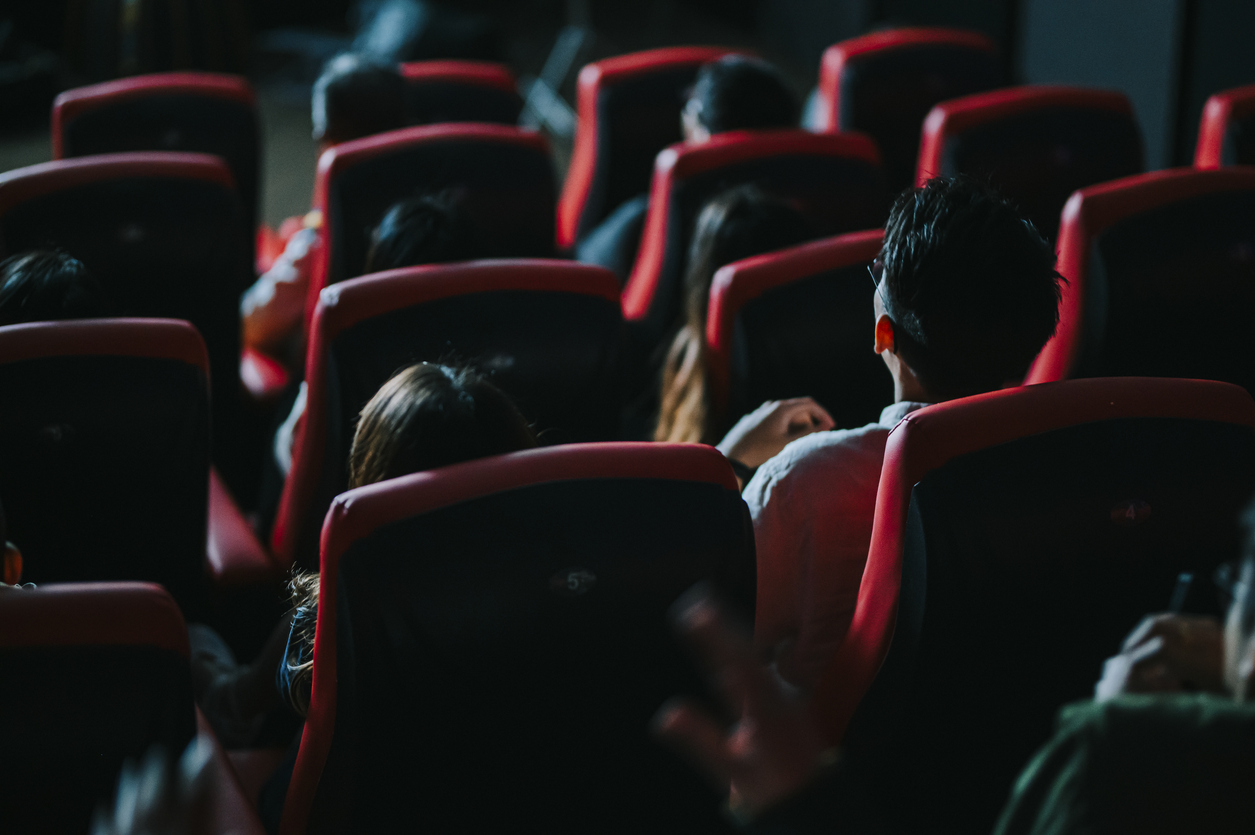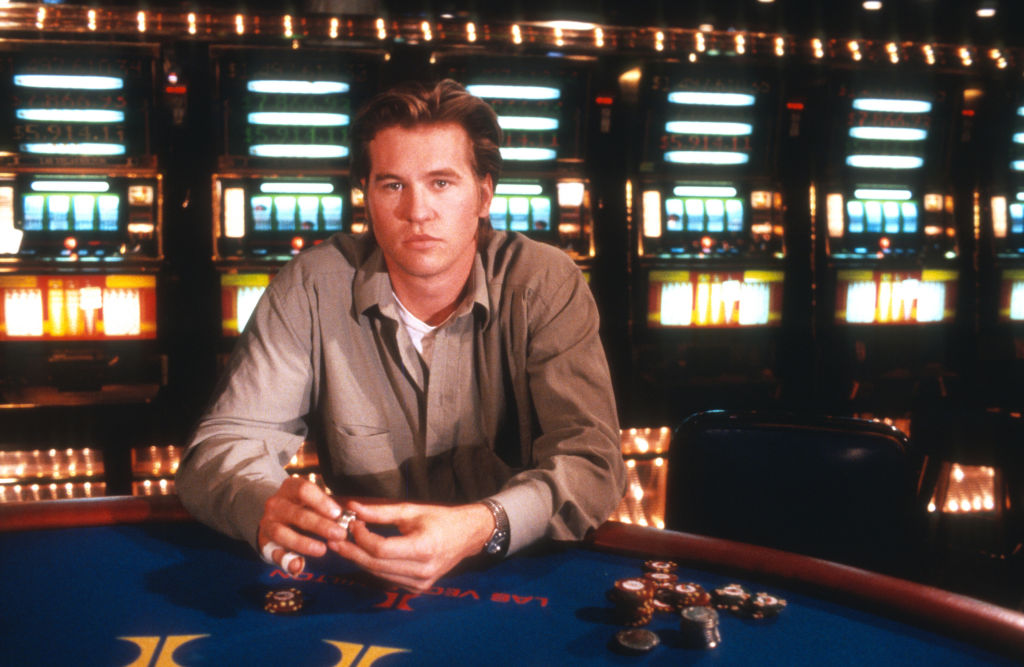In April, director Robert Eggers told GQ that “every time period interests me except for the one we’re living in.” The director of The Witch, The Lighthouse and The Northman will never make a movie set in modern times: “I get enough of the kitchen sink in my kitchen sink… For whatever reason, it just does not inspire me. And you can’t shoot something that doesn’t inspire you.” That’s a good attitude for a director to have, but it’s alarming how many American filmmakers are either uninterested, unwilling or unable to make work that speaks directly, not only to our present moment, but to our future and its possibilities, however limited and grim.
Who can blame anyone for being hopeless now? Partisan politics and culture wars aside, anxiety has been latent in this country for over half a decade and is really starting to boil. We’ve got a war in Europe, see mass shootings every day and are two-plus years into a pandemic with no end in sight. The one big-budget exception to this phobia of the present was Adam McKay’s Don’t Look Up, a movie that was savaged from all sides, for being either too unfunny, too pedantic or too partisan. Although it was flawed, it was powerful and profoundly depressing, mostly because it struck me as exactly how an apocalypse would play out in our society. It wasn’t fun, but it was true and unsparing.
Movies aren’t unable to address the present anymore, and there are other recent exceptions — Spree, The Scary of Sixty-First, Ingrid Goes West, Get Out — but in a sociopolitical climate as heated at the 1970s, it seems strange that there aren’t more militant and risky filmmakers working even at the lowest levels of exposure in America. There are plenty of documentaries and there’s loads of “content,” but few narrative works deal with the world we live in now and its immediate future.
For the time being, it’s television that is capturing and defining the zeitgeist. Streamed series such as Succession and Euphoria — especially Euphoria — have inaugurated Generation Z as our pop-cultural arbiters. Everyone’s on heroin, bringing Glocks to social studies and contemplating suicide at age seven. There is no more “quirky adulting” from people who never made up their mind about Lena Dunham.
But none of this is playing out on the silver screen. Since Quentin Tarantino’s masterpiece Once Upon a Time… in Hollywood came out in 2019, we’ve seen a slate of “memory movies” and period pieces set in the late 1960s and 1970s in every genre — from Paul Thomas Anderson’s shaggy comedy Licorice Pizza, to the stillborn horror of Ti West’s X, to the delirious fun of Kyle Balda’s Minions: The Rise of Gru (where the title characters throw stink bombs into packed theaters showing Jaws and give each other Pet Rocks).
I enjoy a couple hours of nostalgic escape to that period as much as the next guy, but Tarantino was the only one who made a movie set in the past that understood that past and managed to be both intensely personal and virtuosic in its form and content. Who else could have given Sharon Tate a new image in our collective unconscious: not cut up by the Manson family, but enjoying an afternoon watching herself at the movies, alone? It’s one of the most moving gestures in cinematic history, and it demonstrated the medium’s supreme power: to bring back the dead, if only for a flash.
Paradoxically, it’s an HBO Max miniseries, Olivier Assayas’s Irma Vep (based on his 1996 film of the same name), that is the only thing going right now that has any interest in cinema — its contemporary potential and uncertain future. The show follows a troubled French production of a remake of Louis Feuillade’s 1915-16 silent film serial Les Vampires. Though the new Irma Vep is not a remake of Assayas’s earlier film, it revels in its connection to the past and our present reality, from Assayas’s subsequent marriage to (and divorce from) his lead actress Maggie Cheung, to characters talking about the show they’re actually in.
Alicia Vikander plays Mira Harberg, a Swedish-American actress hired to play Irma Vep, an iconic role in French cinema. Her journey through broken affairs, cinematic history lessons and new artistic ambitions takes up as much of the show as its ruminations on the fate of moving images. Mira’s co-star Gottfried (Lars Eidinger) asks everyone at his wrap party, “Why are we making movies? We live in dull, dark and boring times.” He’ll continue anyway, even if he’s carrying the torch alone. His small but captive audience, especially Mira, is cautiously optimistic. But how long can this unrestrained true believer, and the passionate but unstable director René (Vincent Macaigne), survive in a world of soulless financiers only interested in fashion lines and endorsement deals?
Assayas only had a week to write eight episodes, and, like the original film, Irma Vep feels so free and confident in its form, allowing sitcom-style patter to coexist alongside arch monologues delivered by characters joining in a conversation they were never part of, recalling early Rainer Werner Fassbinder and Robert Bresson, particularly 1977’s The Devil, Probably. After shooting a sexually intense scene, there’s a protest from an actor in the lunch tent. All of a sudden everyone is standing up and joining in the conversation, just like on the bus in Bresson’s film. In the penultimate episode, Mira transforms into Irma Vep, able to walk through walls and move like a cat burglar. She breaks into guest star Jade Lee’s (Vivian Wu) room and confronts her. After a perfunctory “What are you doing?” and “How did you get in here?”, Irma Vep starts talking about movies, and how they offer us a portal into a spiritual place that’s otherwise untapped and inaccessible.
But Irma Vep’s audience will probably be limited to cognoscenti. More mainstream fare is in trouble. The biggest crowd I’ve been in for a new movie since the pandemic started was Top Gun: Maverick in late May. Even on opening weekend, the movie felt more like a eulogy for the moviegoing experience than a celebration or rejuvenation. Making a sequel to Top Gun with Tom Cruise thirty-six years after the first one doesn’t just suggest but demands something from the story: he has to die. There must be a new “Maverick” for this world and the meta-world of movie stars to stay alive. Pop culture needs oxygen, and without new heroes and villains, it’s not just the particular franchise that dies, but the entire form. Tom Cruise surviving that plane crash and refusing to pass the torch to a new generation hurts American movies more than any Chinese triumph ever could.
What’s left? Steven Spielberg made a powerful 9/11 allegory with 2005’s War of the Worlds, but straight 9/11 movies are impossible: footage of the event is already more cinematic than fiction could ever be. Those are immovable images. The coronavirus is different. Everyone on Earth has been affected by the pandemic in some way, and it will color and likely shape the rest of our lives. It’s a disaster without a “scene”: no iconic video of people on ventilators or hospitals turning patients away, no image that could be recreated and recognized by millions of people.
What we have are props: masks, hand sanitizer, home tests, disinfectant and vaccination cards. The protests of 2020 produced plenty of images, but besides the masks, what was new? Dramatic as they were, they were not new images. January 6, on the other hand, gave us plenty of new images. It’s only a matter of time before a major movie star plays Ashli Babbitt and the guy with the horns. But who is pushing the medium forward, or even asking questions like Irma Vep?
This article was originally published in The Spectator’s September 2022 World edition.



